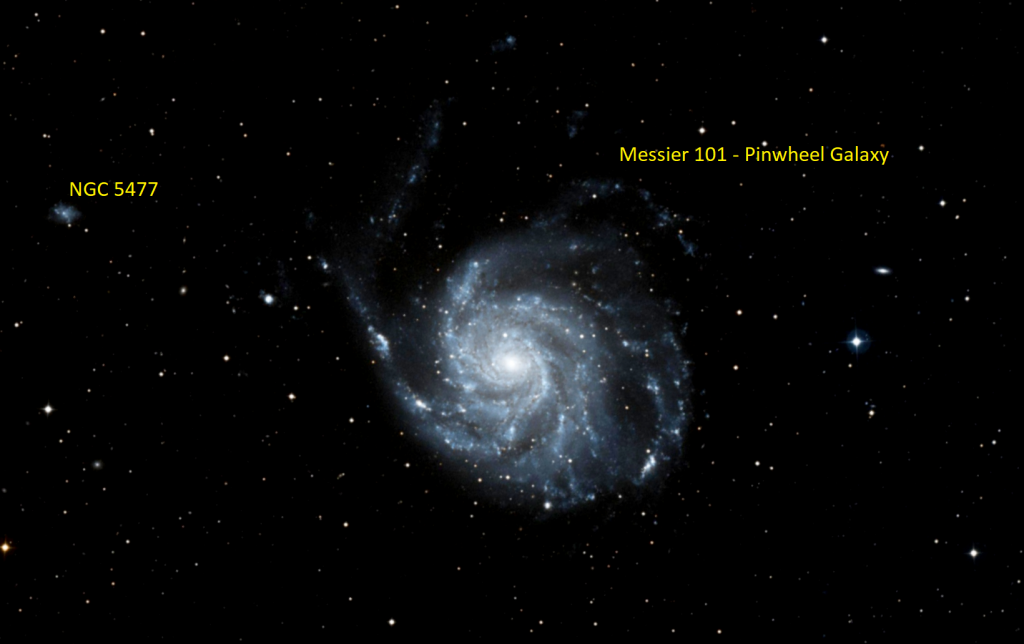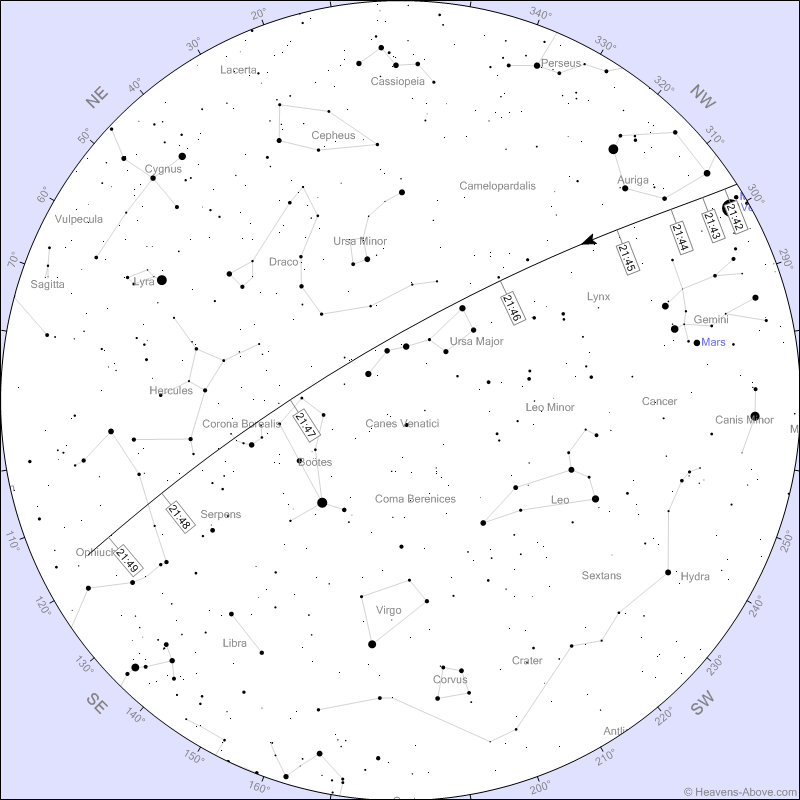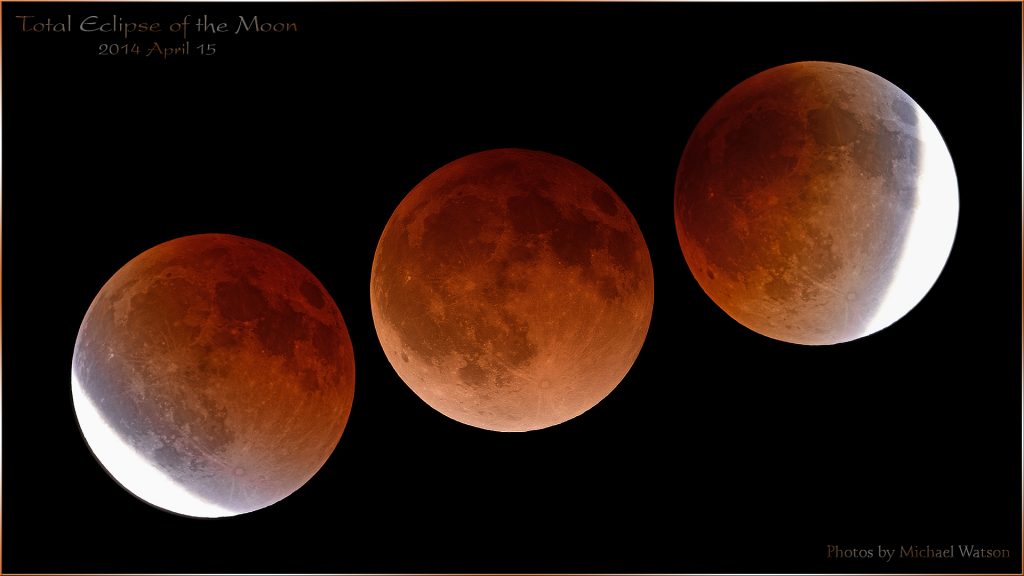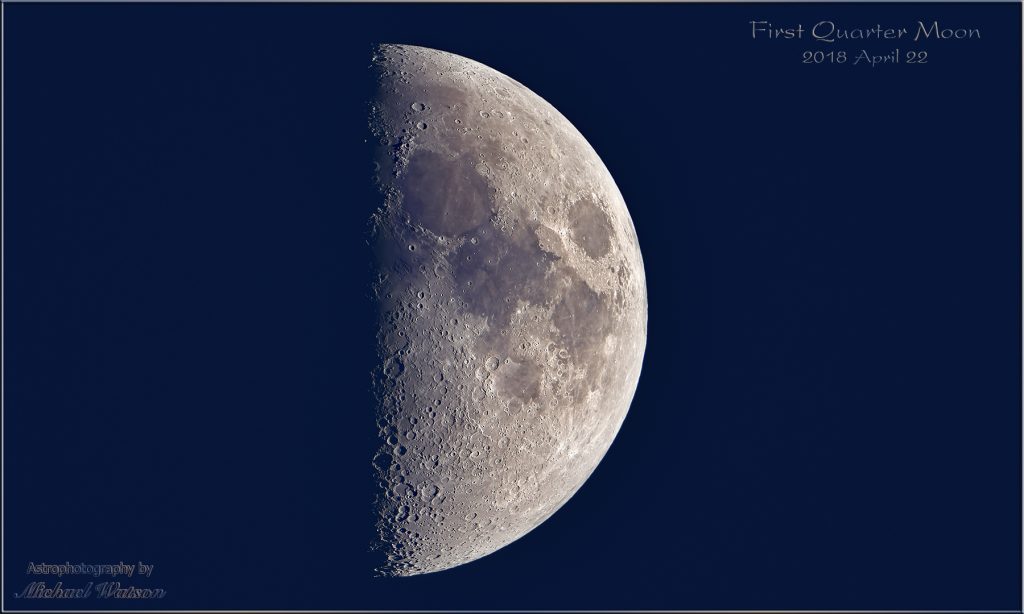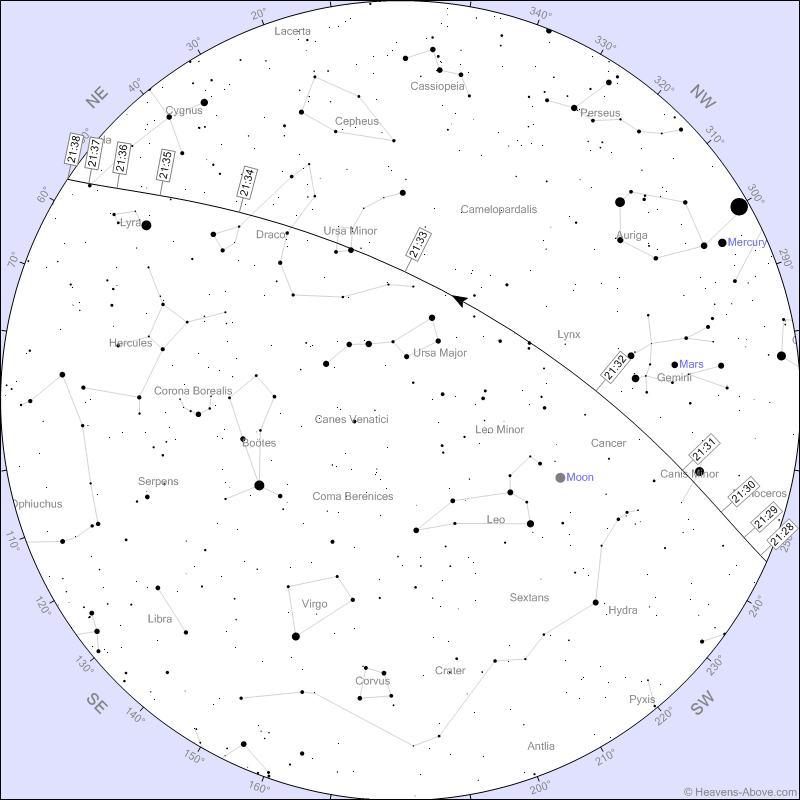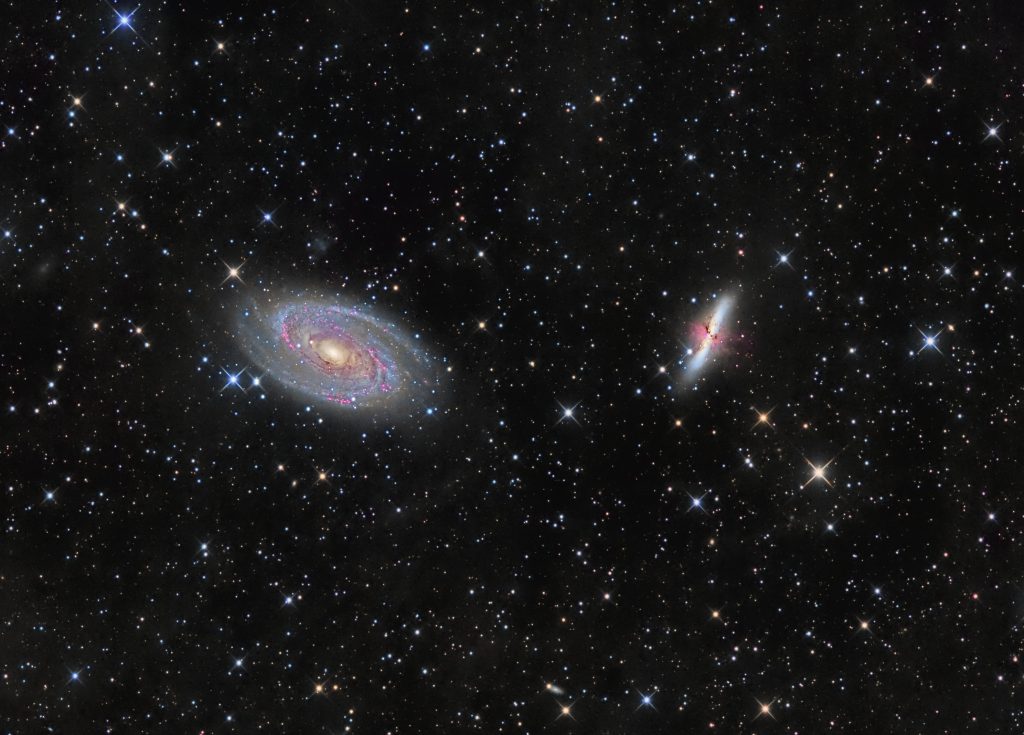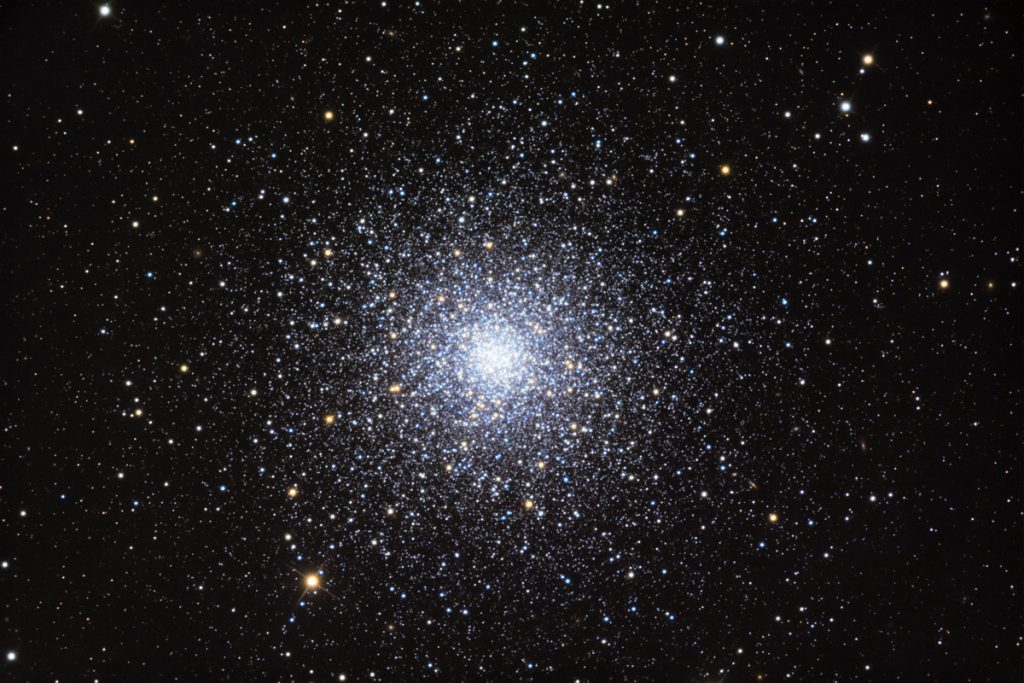The Aging Moon’s Morning Tour of Bright Planets Let’s Us Enjoy June’s Brightest Lights and Boötes’ Bounty!
Messier 101 also known as the Pinwheel Galaxy and NGC 5457 is a large, face-on spiral galaxy in Ursa Major near the Big Dipper’s handle tip star, Alkaid. This Sloan digital Sky Survey image spans about 25 arc-minutes top to bottom – or about the diameter of the full moon. In June the galaxy is…
Read more
